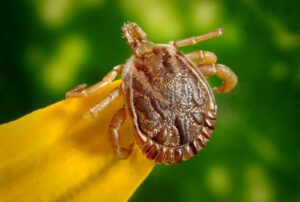
Ticks – Never a Friendly Sight
I remember my first encounter with ticks. I was about 9 years old and on
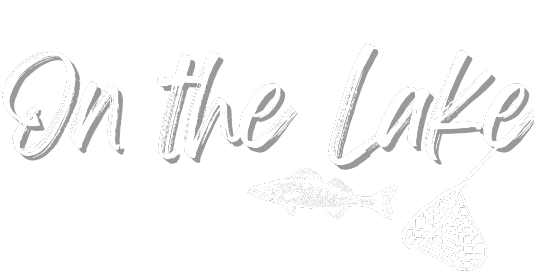
Fishing & Boating in the Northwoods
The diversity of the flora and fauna in Wisconsin and Minnesota is due to a number of factors, including the states’ varied topography, climate, and proximity to the Great Lakes. The states are home to a variety of forests, wetlands, prairies, and lakes, each of which supports its own unique ecosystem.
(This page may contain affiliate links. Read our disclosure about affiliate links.)
Wisconsin and Minnesota are two of the most biologically diverse states in the United States. The two states share a border along the Upper Midwest, and their landscapes are home to a wide variety of plant and animal life.
Some of the most common plant species in Wisconsin and Minnesota include white pines, oaks, maples, birches, and aspens. These trees provide food and shelter for a variety of animals, including deer, bears, wolves, foxes, and birds. The Kaufman Field Guide To Nature Of The Midwest is a great guide for fast identification of species in nature.
The states are also home to a number of endangered and threatened species, such as the black bear, the bald eagle, and the trumpeter swan. These species are protected by state and federal laws, and there are a number of conservation efforts underway to help them recover.

I remember my first encounter with ticks. I was about 9 years old and on
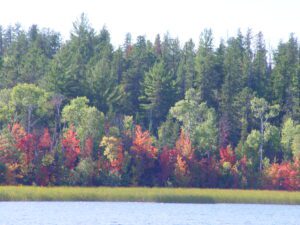
What is Lake Turnover? Does it effect fishing? What’s happening down there? I had pondering
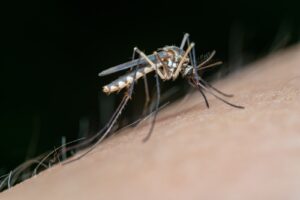
Mosquitoes Defined According to Wikipedia, mosquitoes are defined as: “… small, midge-like flies which compose
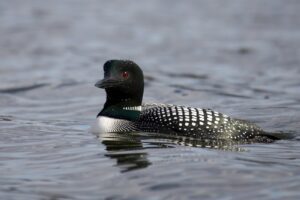
Several years ago, a good friend asked why I had never done an article on
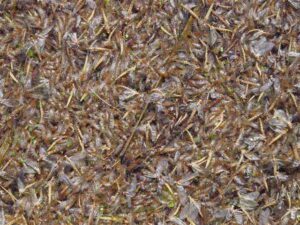
Who cares about mayflies? Fish do. The pesky critter in question is from the class
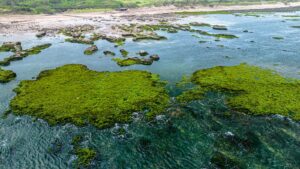
Not long ago, I read an article about algae that was adapted from a book
Here are some of the habitats that can be found in Wisconsin and Minnesota:
The diversity of the flora and fauna in Wisconsin and Minnesota is a valuable resource that should be protected. There are a number of conservation efforts underway to protect these species and their habitats, and it is important for people to continue to support these efforts.
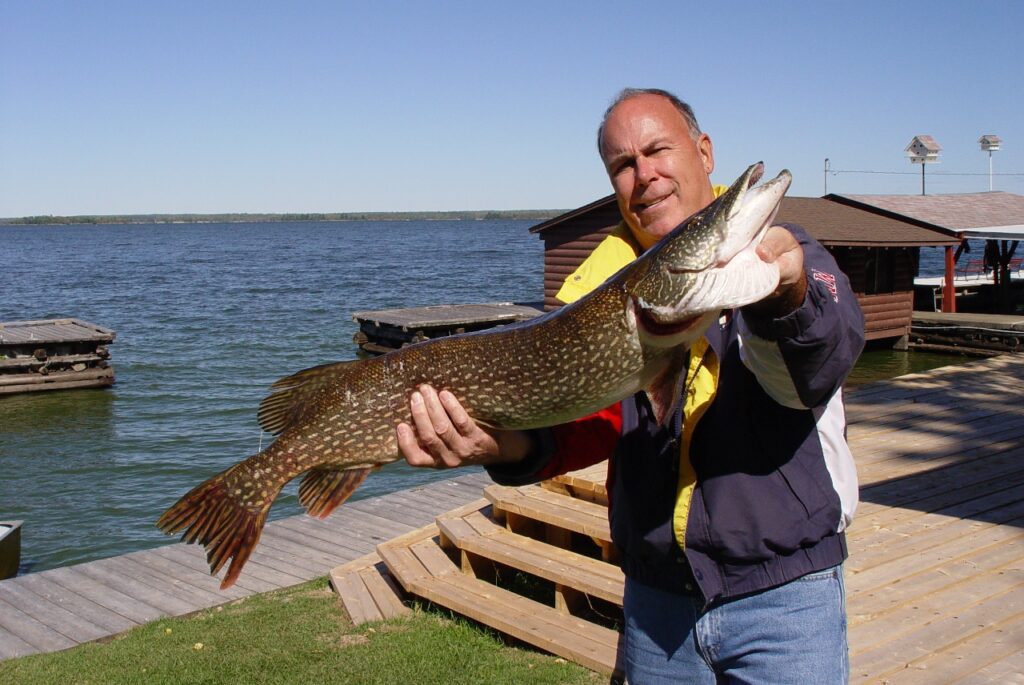
Fishing since the age of eight. Seriously writing since the age of 16. Chef and foodie from the age of 22 years… and counting. So much to learn and so little time. I have enjoyed every minute of it all. Whether on the water (where I like it best), in the kitchen, or at the keyboard, churning out content, I feel like I have found my place. I am sharing it with you in the hope that some of what I love to do will rub off on you. I hope to see you On the Lake!
Copyright 2001-2025, Northern Sky Designs, LLC, All rights reserved.